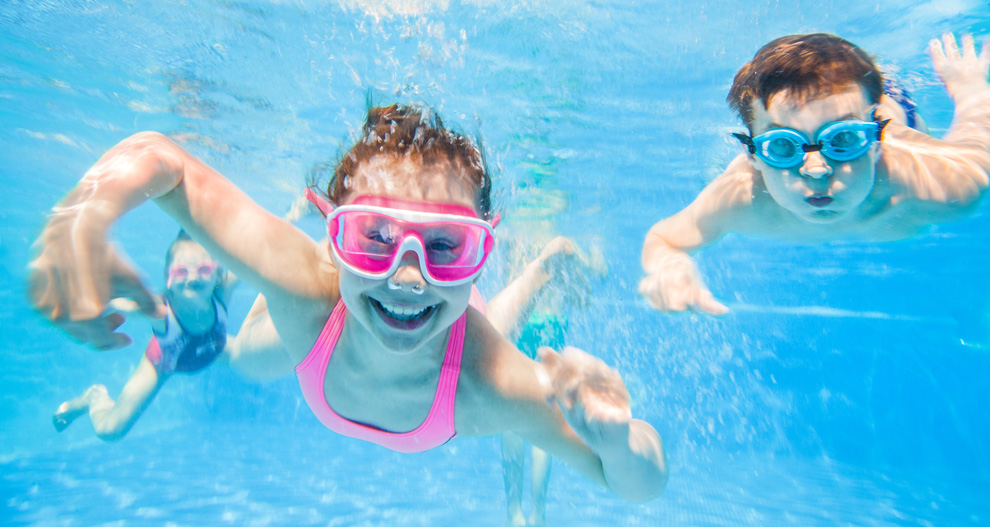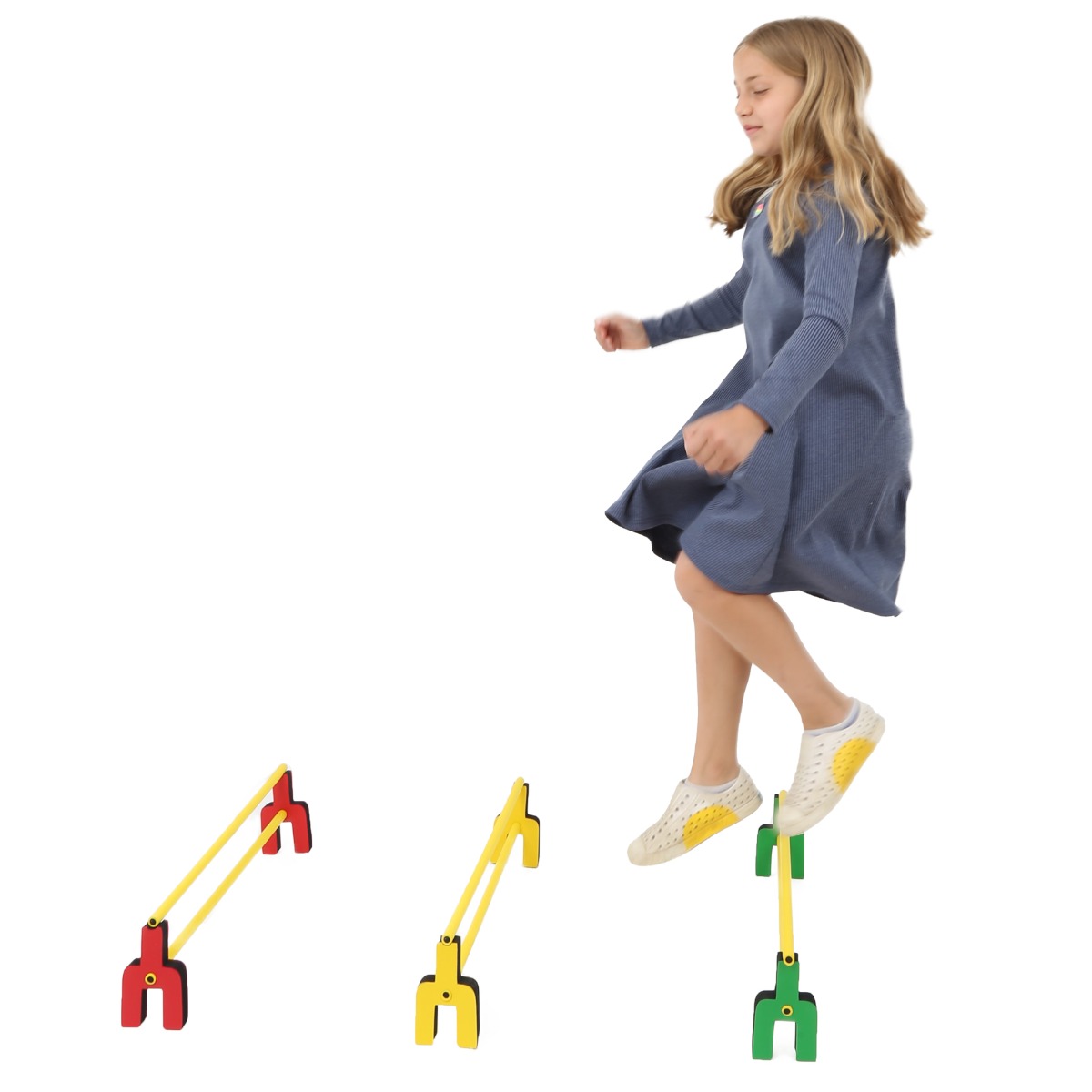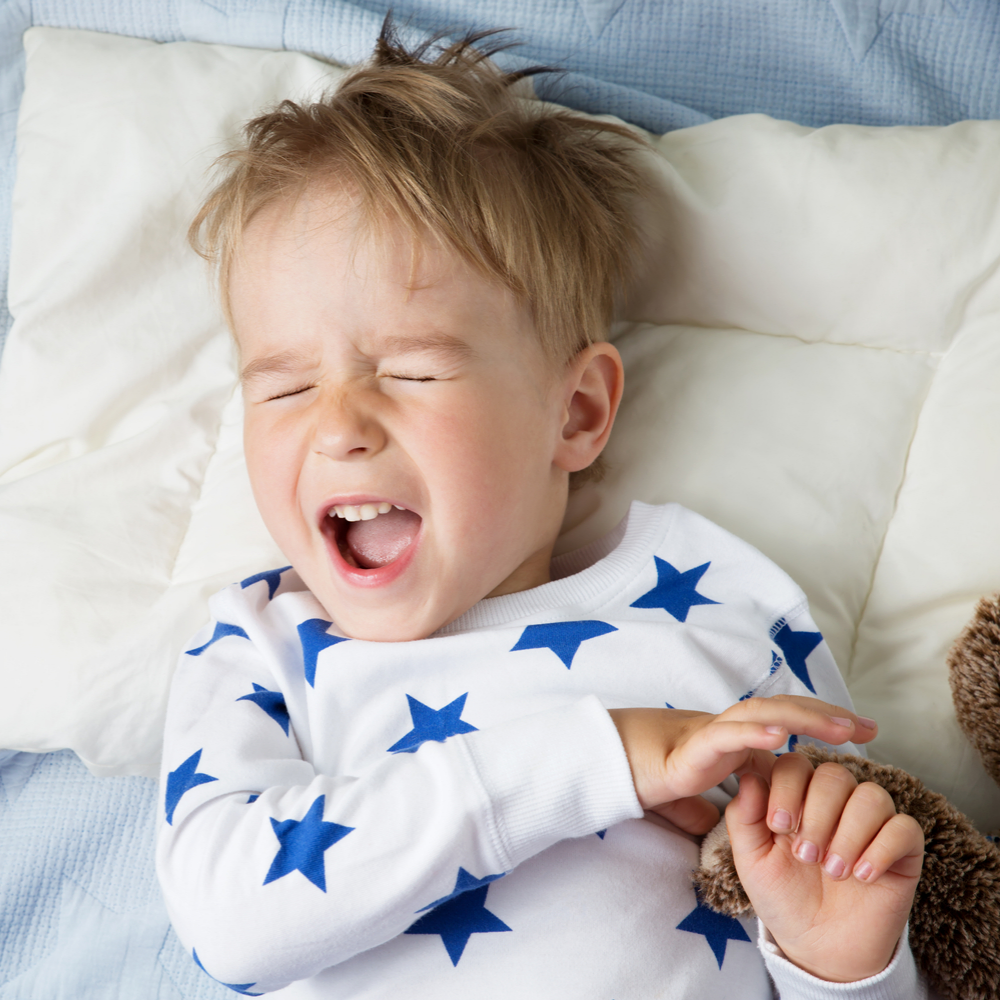What Are the Benefits of Physical Activity and Exercise for Children with ASD?
Research studies have noted many benefits of physical activity for children with ASD. Not surprisingly, exercising improves endurance, strength and flexibility. Behavioral improvements have also been noted as a result of exercise. After following an exercise program, children with ASD demonstrate decreased aggressive and disruptive behaviors, and improvements in on-task behavior. They are able to respond better to academic demands placed on them. These improvements were noted to last between 40- and 90-minutes after exercise3.
What Types of Exercise Programs are Appropriate for Children with ASD?
The type of exercise does not matter so much as just being active. For a child who loves to run, try using a treadmill or racing around a school track. Swimming or other aquatic activities are ideal for kids who love water play. Studies show that incorporating exercise into age-appropriate activities effectively decreases aggression, off-task behavior, repetitive behaviors and elopement. Following an exercise program improved academics as well as motor behavior3.

How Do I Engage My Child with ASD in Physical Activity?
Once you determine what type of physical activity a child enjoys, it’s important to find strategies to maintain their engagement in it. They may need you to physically guide them through the activity. For example, you may need to hold the child’s hand until they are comfortable skating on their own. Verbal guidance, like articulating each step needed to climb to the top of the playground, may suffice for some kids. You can also participate with the child, thereby modeling the activity for them.

Ways to Motivate your Child
Here are some specific strategies you can try to keep your child motivated to stay active
1. Family participation
Make it an activity the whole family gets to enjoy. Family members can also take turns picking their favorite sport, thus exposing each other to a wide variety of movement activities.

2. Reward systems
Choose a reward that your child will be motivated to work towards. Sticker charts are a popular form of positive reinforcement. Alternatively, you let your child do something special each time they exercise, like choosing what is for dinner that night.
3. Include your child
Many children feel more motivated to do something if they feel ownership over it. Involve them in planning the activity– they can choose how many times they’ll run around a track or what order they want to do an obstacle course.
4. Assign Chores
Regular household chores are great for staying active and practicing motor skills. Vacuuming, washing a car, and putting away groceries are good examples of heavy work that you can try. Doing these activities together with your child will also model responsibility and teamwork.

Who Can Help Me If I Have Questions About Developing an Exercise Program?
If you need assistance in developing an exercise program for your child, you can consult a pediatric physical therapist. A local physical therapist should be able to schedule an assessment to help you design an appropriate physical activity program. Your child's physical education or adapted physical education teacher at school may also be a good resource. You may also want to check with local inclusive community programs for suggestions.
Physical activity and exercise are important for everyone, so join your child to get moving together. Consider the ways you engage your child in other activities and try to apply the same methods to incorporating movement every day. Exercise doesn’t need to feel like a chore– turn it into a fun activity!
Check out our assortment of active toys and tools to encourage physical activity for kids.
1. National Health and Nutrition Examination Survey 2017–March 2020 Prepandemic Data Files Development of Files and Prevalence Estimates for Selected Health Outcomes
06/14/2021 By Stierman, Bryan ; Afful, Joseph ; Carroll, Margaret D. Source: National Health Statistics Reports
https://www.cdc.gov/obesity/data/childhood.html
2. Autism Spectrum Disorder and Obesity in Children: A Systematic Review and Meta-Analysis Olivia Sammels, Louise Karjalainen, Jovanna Dahlgren, and Elisabet Wentz
Olivia Sammels, a Louise Karjalainen, b Jovanna Dahlgren, c and Elisabet Wentz b
https://www.ncbi.nlm.nih.gov/pmc/articles/PMC9210004/
3. Lang R, Koegel LK, Ashbaugh K, Regester A, Ence W, Smith W. Physical exercise and individuals with autism spectrum disorders: A systematic review. Research in Autism Spectrum Disorders. 2010;4:565-576.
https://www.sciencedirect.com/science/article/abs/pii/S1750946710000073
























Comments